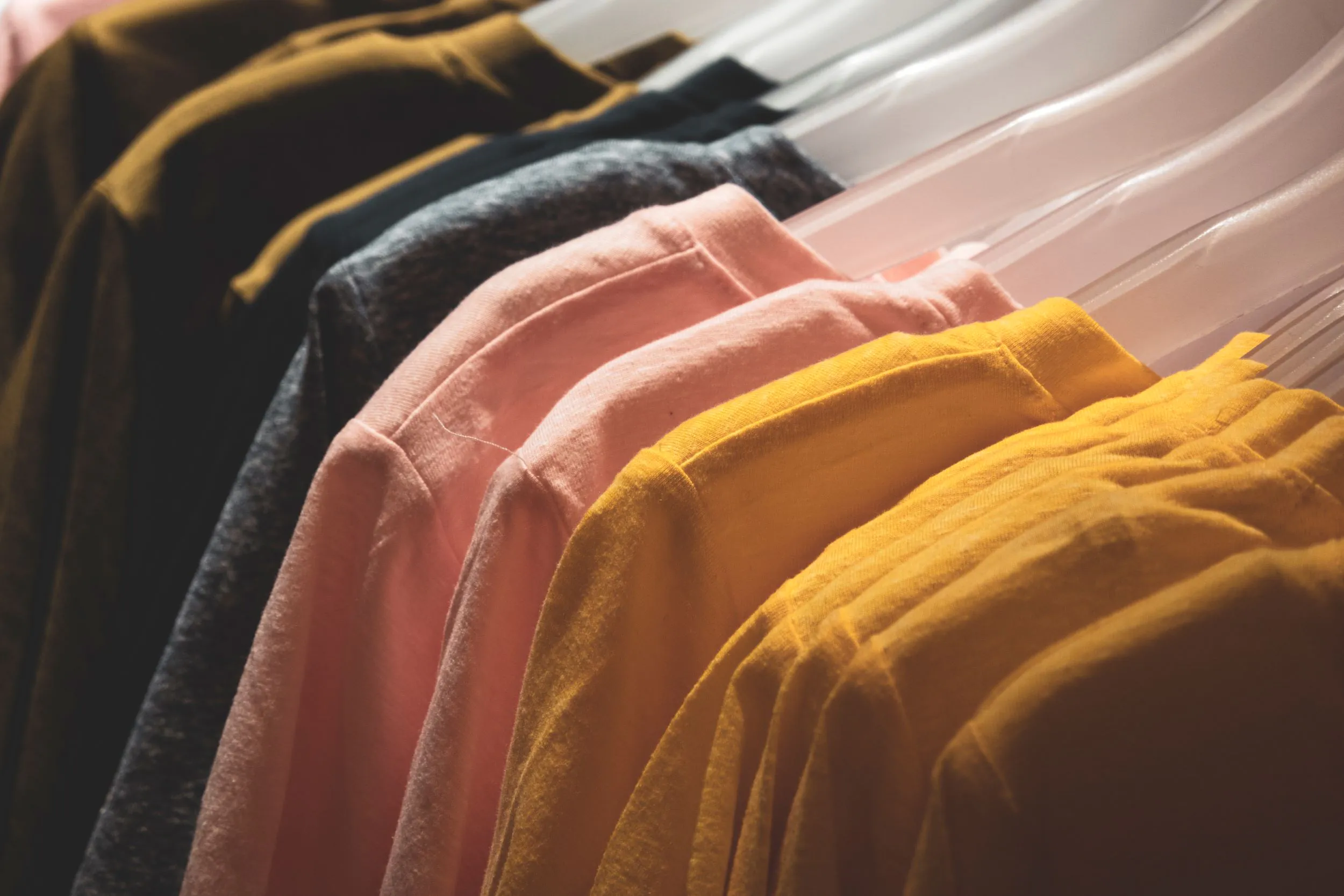The world relies heavily on both natural and synthetic fibers for clothing, household and industrial textiles, and many other applications. However, some natural fibers are resource-intensive to create and may lack desired properties for particular uses, while synthetic fibers typically rely on non-renewable resources and are not biodegradable once they’ve reached their end of life. With 85% of textiles going to landfills annually, manufacturers are beginning to turn to bio-based synthetic fibers to create more sustainable products.
What Are Bio-based Synthetics?
Bio-based synthetic fibers, also called biosynthetics, are synthetic fibers that are at least partially made from renewable organic sources such as agricultural and forestry products, algae, and even bacteria. Traditional synthetic fibers are typically petroleum-based, which is one of the reasons why bio-based synthetics are growing in popularity. Their carbon content comes from more environmentally friendly sources.
Bio-based does not necessarily mean these fibers are biodegradable, although these two things are often conflated. Many bio-based synthetic fibers are chemically equivalent to petroleum-based synthetic fibers. While they are still more sustainable by virtue of being made from renewable resources, they do not break down naturally and still become waste at the end of their life cycle. Some biosynthetics are fully bio-based, however, and are designed to break down naturally.
Environmental Impacts of Natural and Synthetic Fibers
Petroleum-based synthetic fibers have the obvious downside of relying on a non-renewable resource, especially at a time when regulators and the general public are pushing for more renewable products and processes. They also result in a significant amount of waste in landfills as well as in the ocean.
Synthetic fibers currently make up close to two-thirds of the global fiber market, with polyester alone accounting for over half of total fiber production. This means the industry currently relies heavily on petroleum-based products and the majority of items manufactured are non-biodegradable. Polyester can be produced from recycled PET pellets, helping to reduce waste by keeping PET materials in circulation. However, the process of turning polyester in to yarns and textiles is the most energy-intensive part of the textile manufacturing process, and therefore is still not a very sustainable option.
Some natural fibers have drawbacks as well. Cotton, for example, typically requires large amounts of land and water to produce, as well as significant quantities of pesticides and fertilizers. While it is biodegradable, in the end it still has a substantial impact on the environment. To combat this, the fiber industry has begun producing organic cotton, as well as bast and leaf fibers that require less land, water, pesticide, and fertilizer. Production of these fibers is rising significantly, though organic cotton currently accounts for only 1.4% of all cotton grown.
Cellulose is another source for natural fibers, as it is very common, renewable, and biodegradable. However, cellulose fibers often come from either cotton or wood, and the yield from wood is low. Cellulose production also often involves chlorine and other chemicals that end up in the environment as pollutants.
Many types of fiber, both synthetic and natural, have various downsides when it comes to sustainability and functionality. While some are better than others, it is often impossible to find a material that has little or no impact on the global environment, particularly when that material is required to have specific properties. Manufacturers therefore need to balance environmental impact and functionality and make well-informed choices when sourcing materials. Bio-based synthetic fibers often offer a compromise that allows manufacturers to lessen their impact on the environment while still producing quality items.
Types of Bio-based Synthetic Fibers
There are many partially and fully bio-based synthetics, some of which have become well-established while others are still in the early stages of production. Many partially bio-based synthetic fibers are designed to replace fully synthetic fibers, and therefore share both their functionality and their resistance to biodegradation.
Polyester can be produced as a partially or fully bio-based fiber, though only the former is currently commercially available as the latter requires material that is so far not available in the necessary quantities. Partially bio-based PET fiber is functionally identical to conventional PET but has been found to have a similar carbon impact.
PBS (polybutylene succinate) is another polymer that can be partially or fully bio-based. Depending on how it’s made, it can have a variety of different properties and can be compostable under the right conditions. While PBS is currently not widely available, companies like Kintra Fibers are developing fibers made from this material.
Nylon also has counterparts that can be partially or fully bio-based and are typically made using castor beans. By some metrics they perform better than traditional nylon, but in other areas, such as dyeability, they can fall behind. They do however have a significantly lower carbon impact than fully synthetic nylon, making them a reasonable replacement if their drawbacks are not an issue.
PLA (polylactic acid) is one of the fasted-growing bio-based polymers in the market, although it is currently not a common material for textiles. It’s frequently used in packaging but has many other applications as well. PLA can be used in both knitted and woven fabrics and can be blended with other fibers such as cotton and wool, making it suitable for many types of apparel and accessories. PLA is typically based on sugars from corn or sugarcane and is fully bio-based. However, it is only compostable under specific conditions and will not easily biodegrade naturally in the environment.
There are many other types of bio-based fibers under development, though not necessarily seeing wide usage on the market as of yet. Algae is emerging as a base for both fibers and dye in the textile industry, as it is abundant and biodegradable. Some researchers are using microbes inside a bioreactor in combination with sugars derived from plant waste to create sustainable fibers with immense tensile strength. Others are experimenting with synthetic spider silk to create fibers with strength, resilience, and flexibility. There are many promising innovations currently under development.
With such a wide range of bio-based synthetic fibers with a wealth of different qualities, advantages, and drawbacks, it can take careful research and planning to determine what product is the right fit for a particular manufacturing project. Being able to easily find, evaluate, and collaborate with potential suppliers can make a big difference to the timeliness, cost, and quality of a project, which is why BizVibe provides a platform to bring together over 30 million buyers and suppliers across industries.



